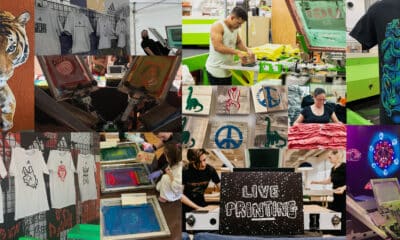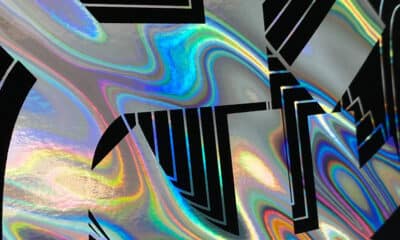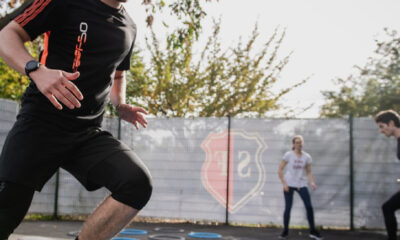Andy MacDougall (in a recent Screen Printing Brain Squad survey): “How do you set up a multicolored job on a 6/6 so it maximizes the flow to the flash cure and allows the operator to be doing other prints while the ink is being flashed? Is there some sacred geometry between the color order and position on the heads, the flash location, and the platters?”
Nathan Leber (in a Screen Printing Editorial Advisory Board email chain): “I guess I’m not 100 percent on what is being asked. Certainly, there is a bit of an art/skill to hit order sequencing. I guess where I’m confused is, is this in reference to an auto or a manual, and is the substrate textiles?”
Tracey Johnston-Aldworth (in the same email chain): “Hmmmm. Looks like we are all coming to this with a different angle. There is no hard and fast answer (we know there are many variables), but we usually design artwork that you would print lightest to darkest. Trap would be on the light colors, no trap on the last or darkest colors. If your spot dryer is large and covers the full platen (sometimes we put a fan on the platen after the spot dry to cool the print before it gets to the next color, which allows you to move faster), work purposefully, keep the spot dryer close (and even) to the shirt, and keep moving.”
Andy: “This is awesome! Yeah, this is on our manual. We are running water-based inks. We mostly print one or two colors, but we have started getting demand for more colors. We have one flash (with a foot switch). Now we get it done, but we want it to go faster.
I would like to know where to position the various colors and in what order on the printheads, and configuration of the platens. The printer is using three of the platens now. Should we have all six in use? (We keep a kids’, an oversize, or an arm in the other positions.)
And do you have a helper loading and unloading, or does the printer do it all?
Help an old flat stock, hand printer out here!”
Nathan: “Got it. This makes more sense now. I would say there is no easy or direct response, I can tell you what works for us. We run a few different WB (water-based) inks, primarily HSA and discharge on the manual. The keys for us have been always to make sure the pallets are consistently preheated and then we use an infrared or black body flash that is stationary almost always in the first or second position after the load. Finding the correct height of that in your environment and your shop is crucial. We want everything to stay warm yet not overheat, essentially trying to keep a nice moderate simmer going all the time. With this, you must have an experienced printer (we run it with one person), that once they are up and going can keep a consistent and steady pace.
Now to be honest, I can’t say I’ve ever done a six-color WB on a manual, I’ve been lucky enough to be in shops that if we had WB jobs that complex we’d hop over to the auto. A huge portion for us when we were initially running WB (and I know you have a ton of experience in this) is finding the right amount of retarder as well to add to the ink to match the speed of your printer and your environment. This took us a ton of experimentation initially, but once we dialed it in, it made a drastic amount of difference with our screen open time and all of a sudden we weren’t fighting ourselves. The other nuance to this is that finding those ratios and balance, it not only has to match your shop environment but can change seasonally and also changes based off the brand and type of ink.
So, I guess the answer is that there isn’t an easy answer, and unfortunately, it’s a little different for everyone. I doubt Central Ohio weather is overly comparable to where you are so I could tell you our ratios, but it wouldn’t make much difference. I would think if you are in a climate-controlled shop where you could really dial in not only the temp but relative humidity, that would play a huge part in at least eliminating a variable.
As far as any ’secret sauce‘ of what inks we use, it’s a bit of a combination, but primarily our discharge/HSA is MagnaColours or CCI. And we use CCI WB Retarder, as well as WB Softhand depending on the look, and on certain occasions I’ve added CCI Fixer-N if we must run it through an electric dryer.
Having a cheap, digital thermometer on hand is awesome to (although inaccurate) measure the temp of the pallets/print surface. If we stop and check and it’s overheating we can speed up/raise the height of the flash to get back to that steady simmer.
Hope this helps a little and sorry it’s not a direct ’here’s how to do it‘ answer, just what I’ve learned so far in my time, but guaranteed to not be the only way, and I’m sure we will adjust/shift as we continue to learn and grow with new inks/technologies.”
Andy: “All good suggestions and will help us move in a more efficient direction.
Now, if we could just stop the printer from dumping in some regular white ink with a white discharge print that she ran out of near the end of a print run on fairly expensive hoodies – news flash, it doesn’t work – we might be making progress.
To paraphrase Henry Ford: ‘My favorite color is one.’ But even in that, we can still find a way to screw it up.”
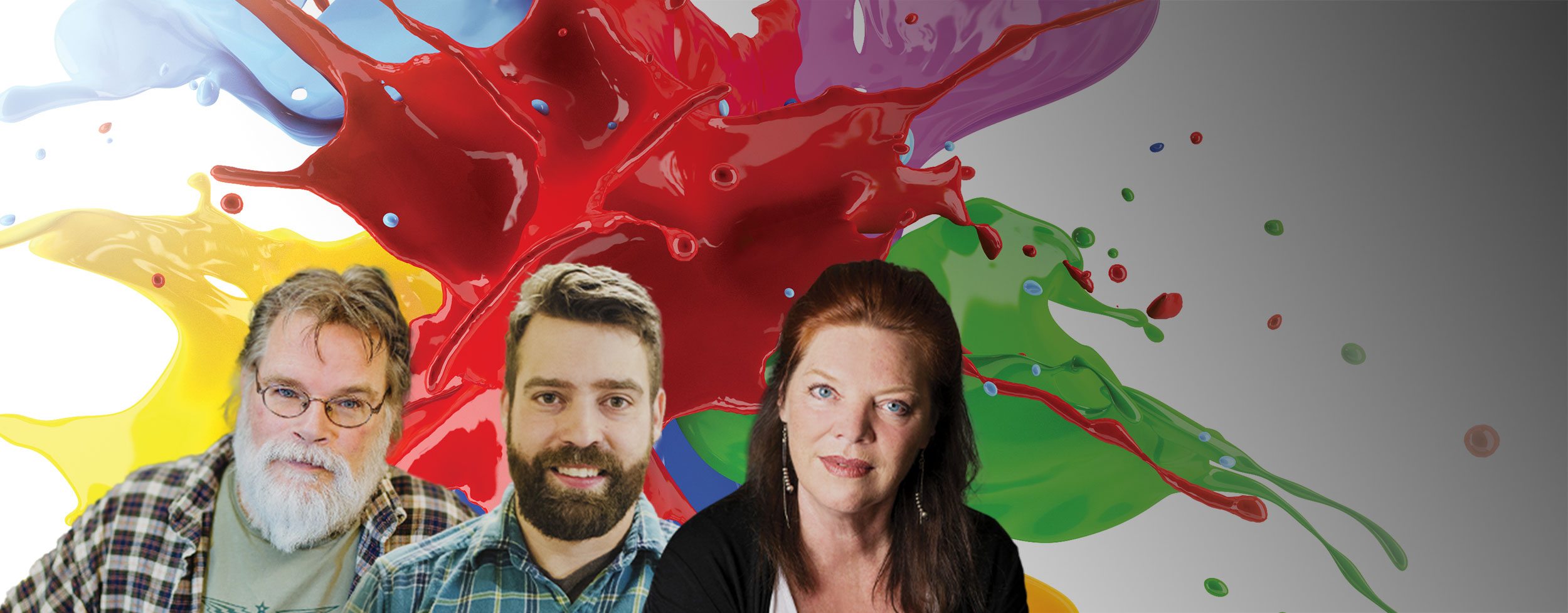

 Columns1 month ago
Columns1 month ago
 Press Releases1 month ago
Press Releases1 month ago
 Editor's Note1 month ago
Editor's Note1 month ago
 Marshall Atkinson1 month ago
Marshall Atkinson1 month ago
 Press Releases4 weeks ago
Press Releases4 weeks ago
 Case Studies1 month ago
Case Studies1 month ago
 News & Trends2 months ago
News & Trends2 months ago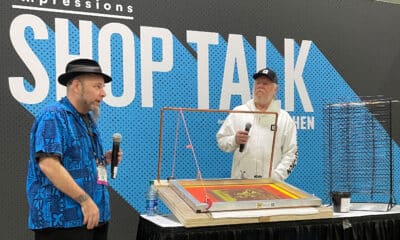
 Headlines1 month ago
Headlines1 month ago
